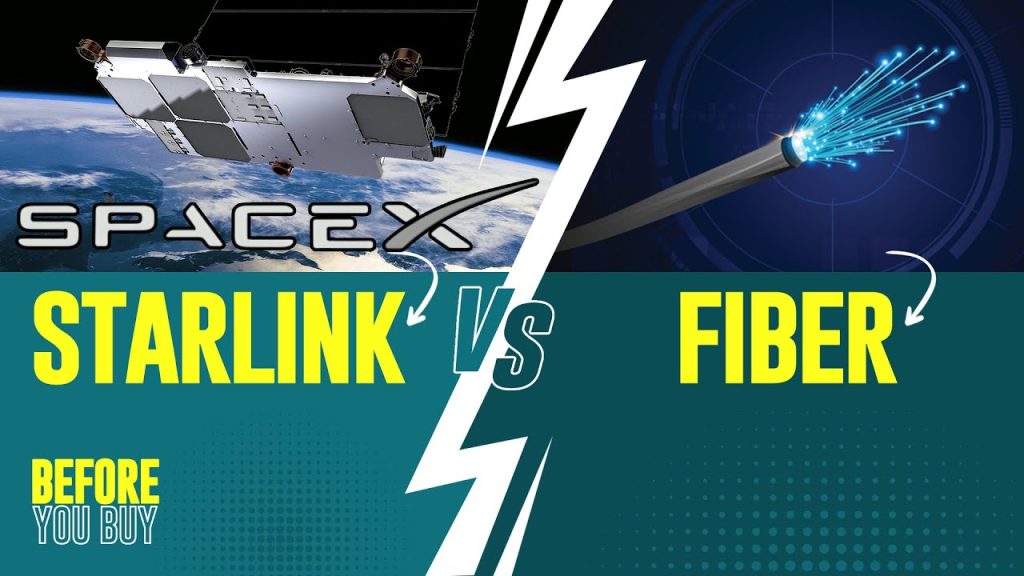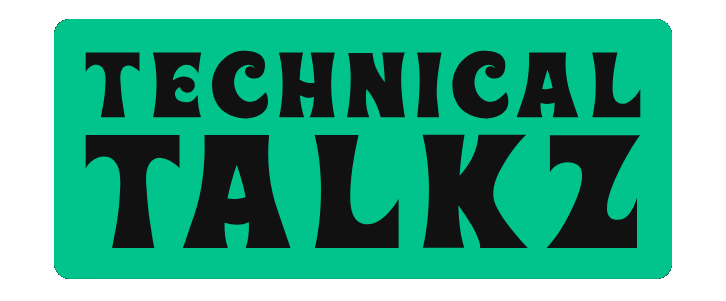With this new era of the internet age, fast and reliable net is no longer a luxury — it’s essential. Whether you’re working from home, viewing your favorite shows, or running an online business, choosing the right broadband service becomes essential. Now that Elon Musk’s Starlink is gaining popularity globally, many of its users today are faced with one burning question: Is Starlink superior to local broadband, or should they stick to the old providers?
Let’s dive into an extensive comparison between local broadband and Starlink to allow you to make the most informed choice based on your area, needs, and finances.
1. Infrastructure and Technology
Local Broadband:
Local broadband providers generally offer internet via fiber optic, cable, DSL, or wireless methods. These are grounded in an actual infrastructure—underground cables or along poles—to deliver fast internet to buildings and residences.
Starlink:
Starlink, which is built by SpaceX, utilizes a constellation of low Earth orbit (LEO) satellites to broadcast the internet to a small dish at your site. It circumvents conventional ground-based infrastructure, so it works even in the most distant locations.
Verdict:
Local broadband would provide more consistent connections in cities and suburbs, but Starlink excels in rural or underserved communities where cable or fiber lines have not extended.
2. Speed and Performance
Local Broadband:
The majority of local carriers on fiber offer 100 Mbps to 1 Gbps or greater speeds and minimal latency that is ideal for gaming, 4K streaming, and real-time video conferencing. Cable or DSL internet in some locations can still suffer from slower speeds and congestion at peak times.
Starlink:
Starlink has made impressive improvements in speed. To date, as of early 2025, it typically offers download speeds of 50–250 Mbps and upload speeds of 10–40 Mbps, with a latency of 25–60ms. While that is highly commendable, it does fluctuate based on weather and satellite availability.
Verdict:
If you are in a city or town with high-speed cable or fiber-optic internet availability, local broadband will likely give you better performance. However, in rural areas or mountains, Starlink may be an improvement over slow DSL or legacy satellite internet.
3. Availability
Local Broadband:
Availability depends entirely on your location. In cities, there are often multiple ISPs competing for business, giving users several choices. But in rural areas, options are often limited to one or two providers — sometimes only offering DSL or mobile broadband.
Starlink:
Starlink’s best asset is its wide coverage. As long as you can see the sky, you can arguably obtain fast internet, regardless of your location.
Verdict:
For off-gridders, farmers, and citizens of developing regions with minimal infrastructure, Starlink becomes a lifesaver.
4. Installation and Equipment
Local Broadband:
Installation usually involves running cables to your home and linking a modem/router. Installation can take days or weeks at worst in the case of upgrading infrastructure in the worst-case scenario. Most companies lease you equipment for a charge per month.
Starlink
Starlink sends you a kit with a dish, router, and cables. Installation is relatively simple, but you must place the dish in an area with clear-sky access. There is a higher upfront equipment cost (approximately $599), but once installed, it’s plug-and-play.
Verdict:
Self-installation by Starlink is a boon for residents in remote areas, but ISPs locally typically provide professional installation for customers who do not want hands-on service.
5. Cost
Local Broadband:
Prices also vary widely in terms of speed and geography. Urban customers might be able to get 1 Gbps for $60–$80/month, but rural DSL customers can expect to pay $40–$60 for much slower service. Some providers even offer bundles with TV and phone service.
Starlink:
Starlink’s latest price for its standard service is around $120/month. The upfront hardware charge is also higher, though there are no long-term subscription plans and no surprise fees.
Verdict:
Local broadband is generally cheaper and faster in the city. However, to rural consumers, Starlink might be the only high-speed choice although it costs more per month.
6. Support and Reliability
Local Broadband:
As they already have infrastructure, local ISPs normally provide reliable service, but weather or construction damage can result in outages. Customer support quality varies depending on the company.
Starlink:
Since satellite-based, Starlink is vulnerable to weather interference (e.g., rain or snow), albeit with fewer outages now. Support is primarily digital and may not be as instant as traditional ISPs yet.
Verdict:
Local ISPs win on reliability — especially fiber or cable operators — but Starlink is catching up in a very rapid manner.
Conclusion: Which One Should You Pick?
Choose Local Broadband if you’re in an area with fiber or cable high-speed availability, prefer lower costs, and appreciate predictable speeds and support.
Choose Starlink if you’re in an outlying or rural location, have few local ISP options, or need high-speed internet where there isn’t any.
Ultimately, both alternatives have their pros and cons. The preferable option will be determined by your location, your budget, and your use of the internet. As technology progresses, we can anticipate that Starlink and local internet service providers will only serve to stimulate each other to serve better everyone involved.




